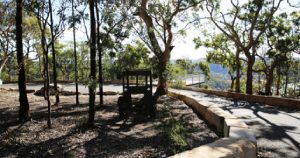
Dementia can be a challenging journey for families, and wandering behavior is a significant concern affecting up to 60% of patients. This may stem from memory loss, disorientation, or a desire for familiar places.
Creating a Safe and Secure Environment
To manage wandering, consider these strategies:
• Secure the Environment: Install window and door locks.
• Maintain a Routine: Consistency provides stability.
• Engage in Activities: Mental and physical stimulation can help.
Assistive Technology (AT) for Empowerment
AT can significantly empower caregivers. The Cura 1 is a user-friendly smart system for wandering detection. Benefits include:
• Easy Setup: No specialist installation needed.
• Reliable Alerts: Provides prompt notification.
• Customizable: Adapts to individual needs.
Additional Resources
• The National Dementia Helpline: Offers free guidance on creating a safe dementiafriendly home.
• Karis Life (Hornsby): Hosts free CPD training sessions for therapists and carers on managing wandering. For more info visit www.karislife.com.au
Taking Control and Seeking Support
A proactive approach is key. A brain-healthy lifestyle with regular exercise, social interaction, and a healthy diet can benefit cognitive health.
Conclusion
Wandering management requires a comprehensive approach. Combining environmental modifications, engaging activities, and AT solutions like Cura 1 can create a safer, more comfortable home for loved ones with dementia. Don’t hesitate to seek support and resources.






